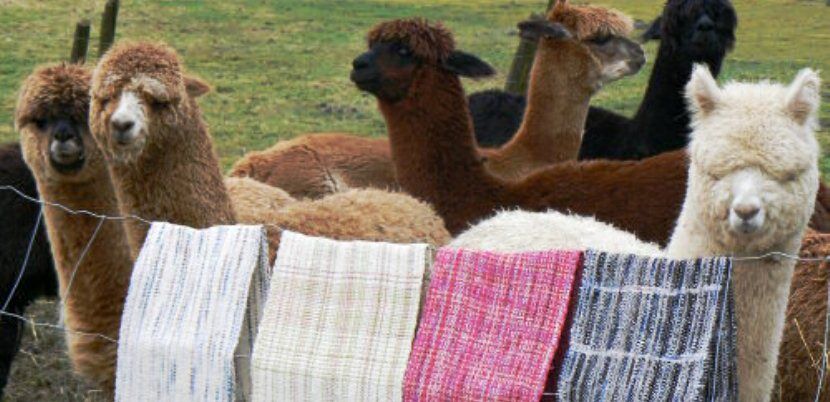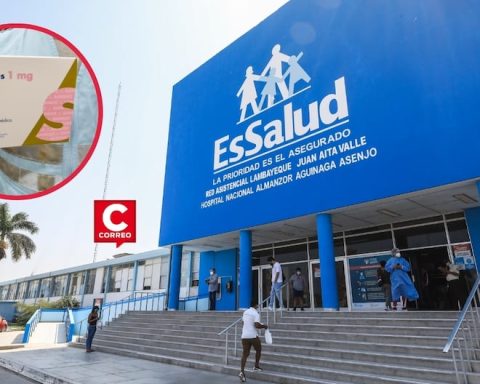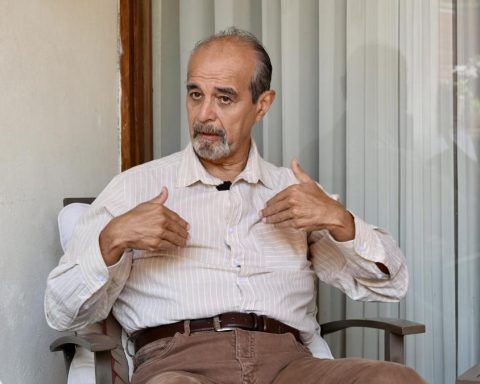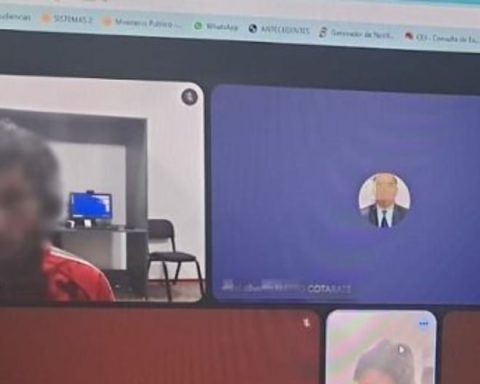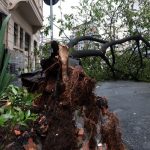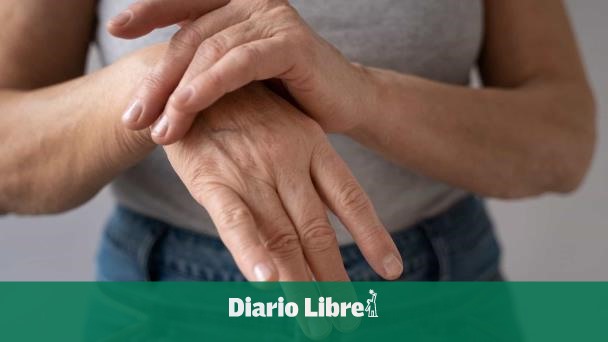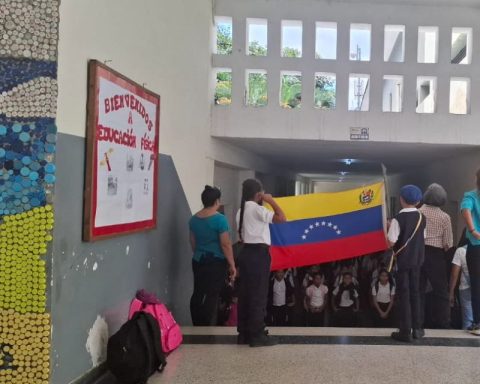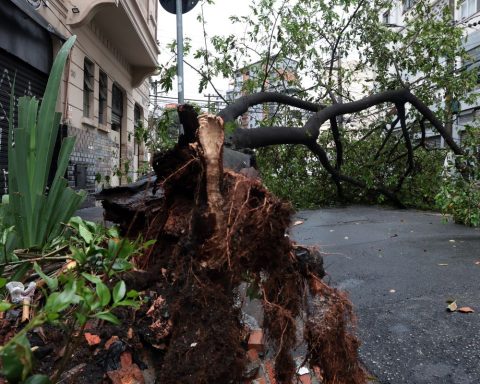Peru has conquered the most demanding palates with its gastronomy and today it has the opportunity to dress the most rigorous textile market with an input of which it is the world’s leading producer: alpaca fiber.
According to the Ministry of Agrarian Development and Irrigation (Midagri), the country has approximately 4.7 million alpacas, which represents 80% of the world population of this species. More than 90,000 producers participate in this industry, located mainly in regions such as Puno, Huancavelica, Arequipa, Cusco and Apurímac.
Carlos Posada, executive director of the Lima Chamber of Commerce (CCL), revealed that between January and August of this year, exports of alpaca fabrics grew by 83% compared to the same period in 2023, exceeding US$3.5 million. . Although exports of clothing made with this material showed a drop of 8% in the same period, reaching US$11.2 million, the opportunities for expansion are ample.
“Today, the United States is our main market, but France and Italy, two key fashion centers with high reputations, which already buy small quantities, represent a great opportunity. To grow, we need more promotion and look for niches, since alpaca fiber is an exclusive product, ideal for haute couture,” said Posada, who highlights that countries like Germany and Switzerland are also attractive markets.
For his part, Carlos Penny Bidegaray, president of the Textile Committee of the Association of Exporters (ADEX), pointed out that, in Latin America, Brazil and Mexico are interesting markets. Although it is currently exported to these countries, sales have decreased, so it is necessary to reverse this trend.
LOOK: Private Economic Zones will guarantee investments
“The Nordic countries also present themselves as an opportunity. To boost exports of alpaca fiber and other textile products, it is crucial that the drawback is not reduced from 3% to 0.5%, as is being proposed. The Government must be clear about this,” he stated.
In addition, he stressed the importance of providing resources to Peru’s commercial offices so that they can effectively promote Peruvian products abroad.
More momentum
Andrés Chaves, general manager of Inca Tops, commented that one of the main challenges of the textile industry is informality, which is why he highlights the need to formalize companies to strengthen the sector. He also highlighted that the alpaca market is highly diversified, which allows Peru to export not only the raw material, but also threads and a wide range of products.
“The main barrier for the alpaca is ignorance. Very few people know about this fiber, so it is vital to promote its properties: it is fine, durable, natural and sustainable,” Chaves explained.
Although the foreign market is significant, with approximately 90% of production destined for export, domestic consumption is also growing, the businessman concluded.
Take advantage of the NEW EXPERIENCE: receive our enriched digital newspaper by mail or WhatsApp. Peru21 ePaper Get to know our plans!
